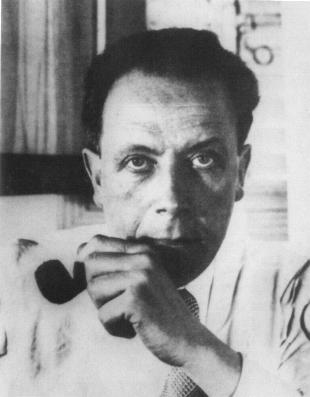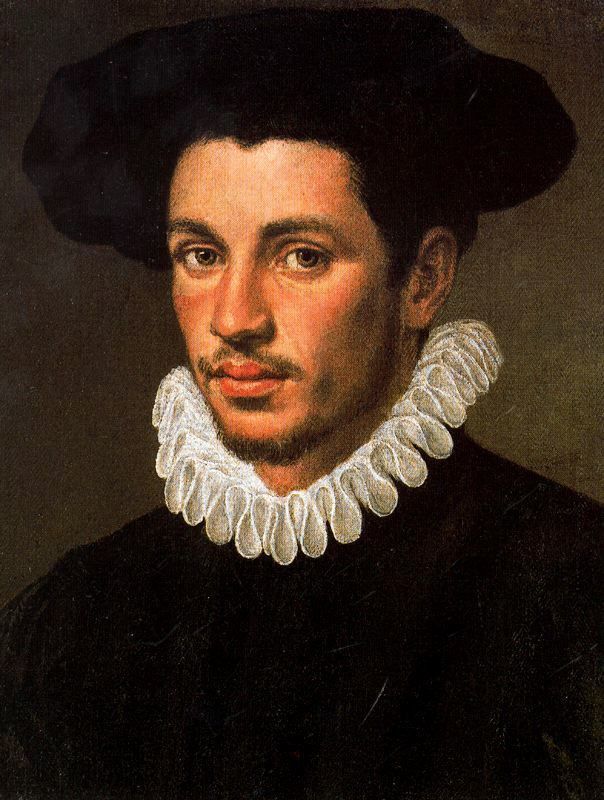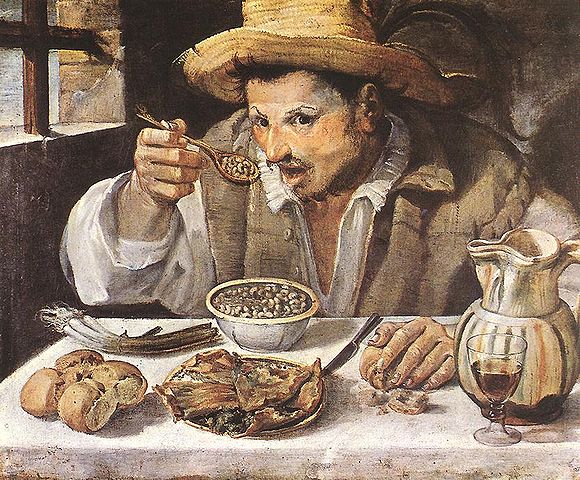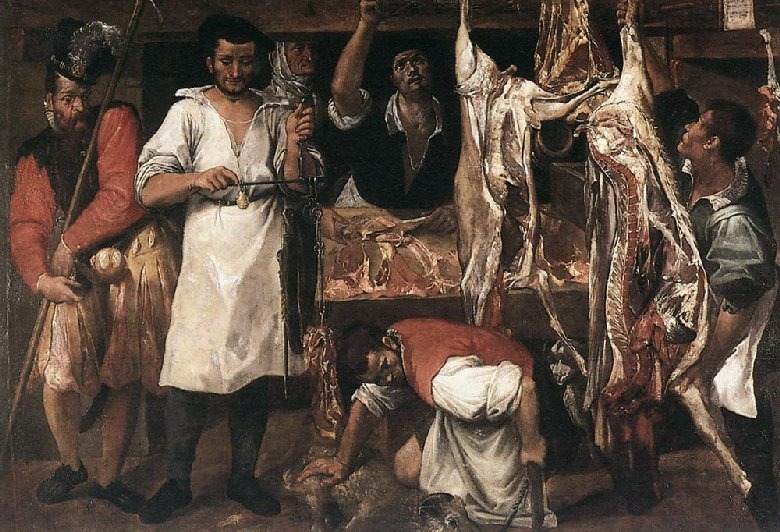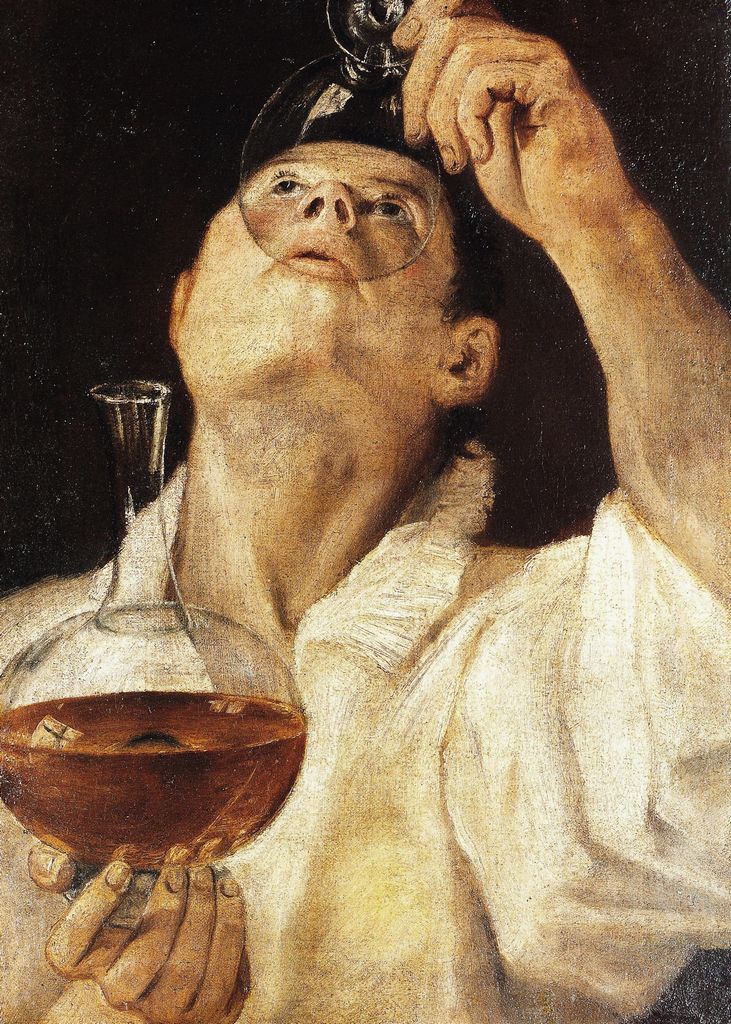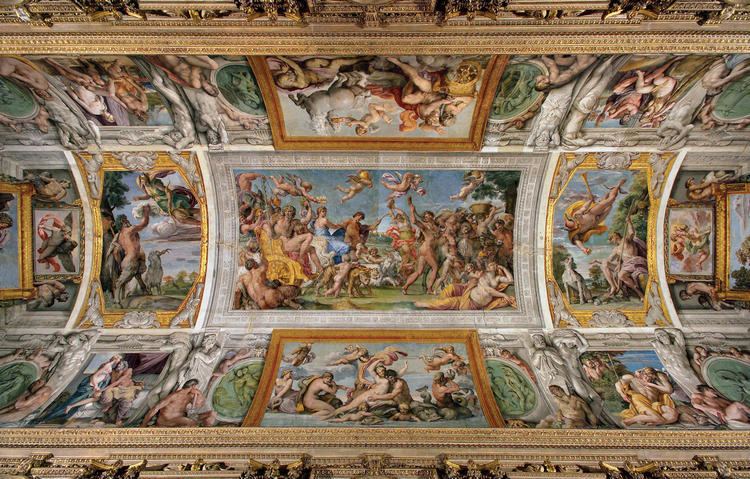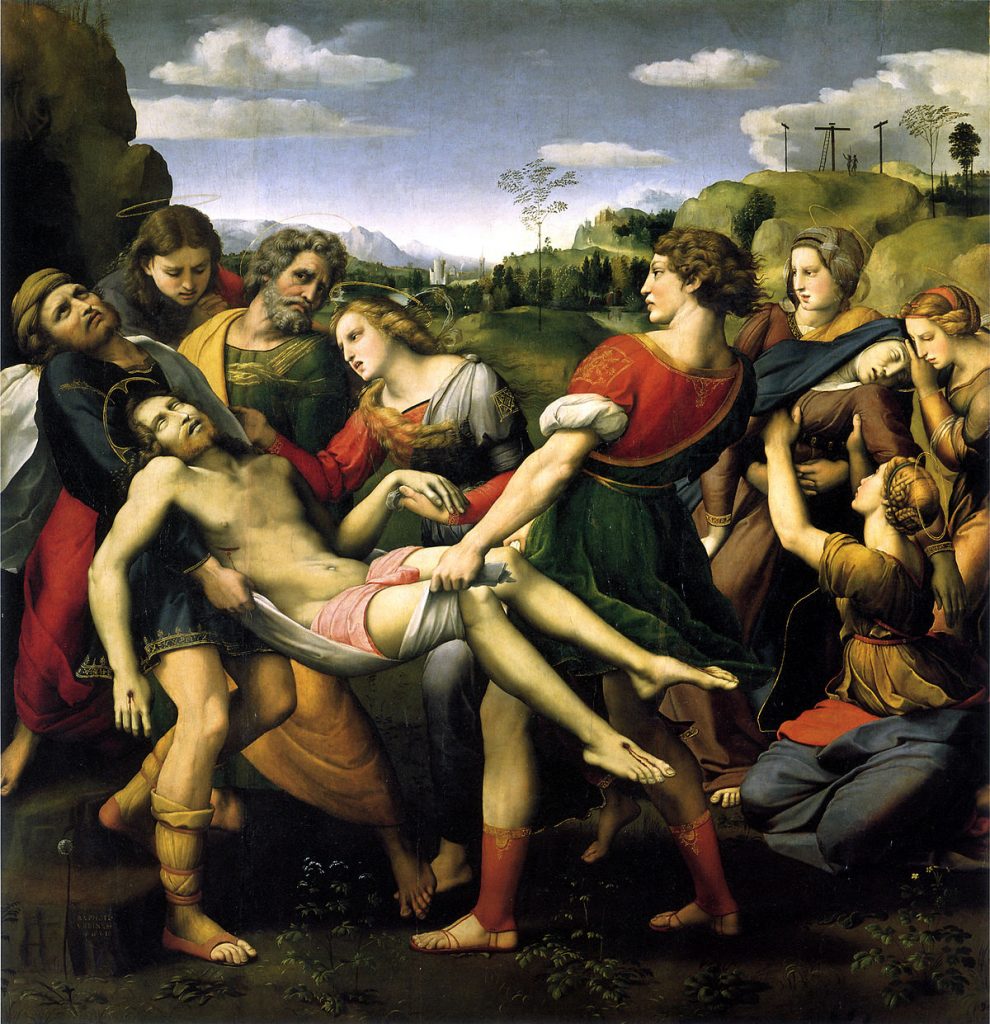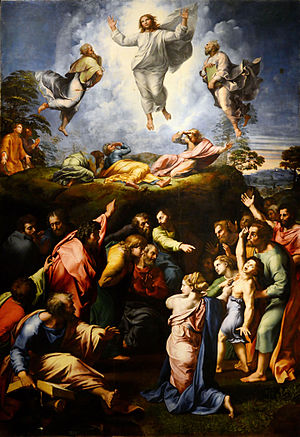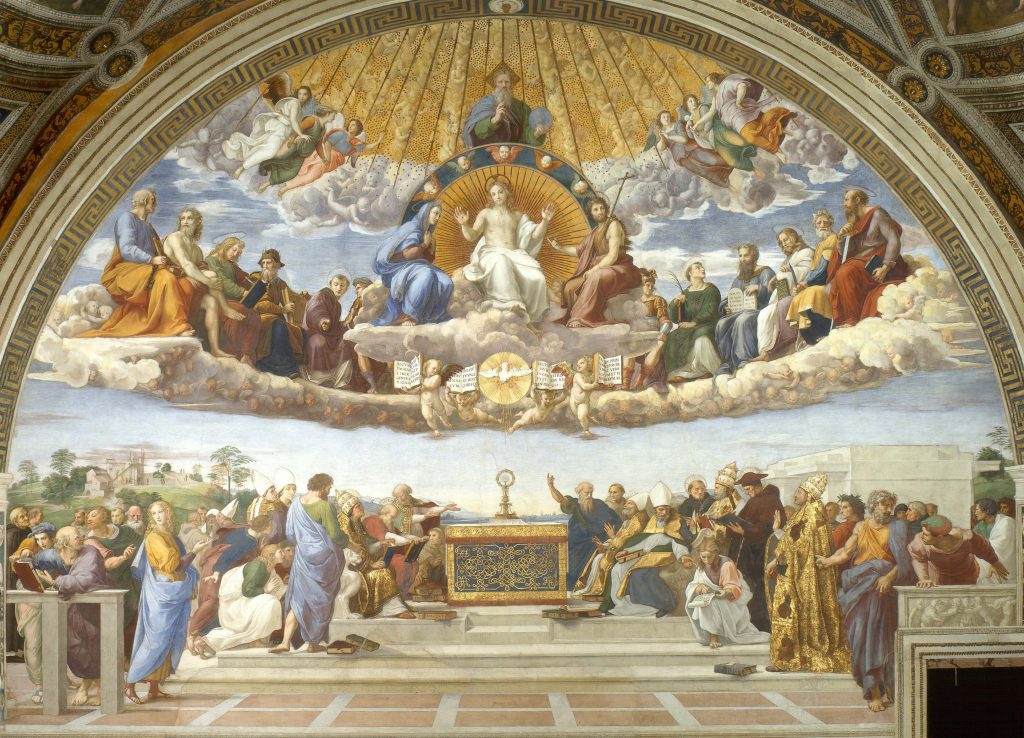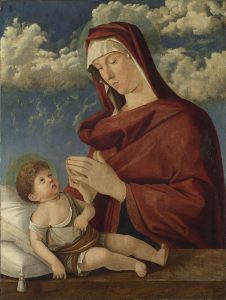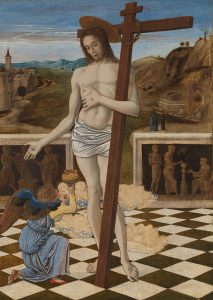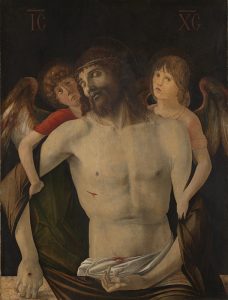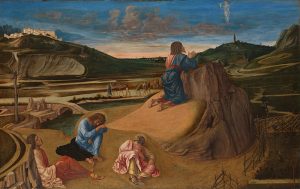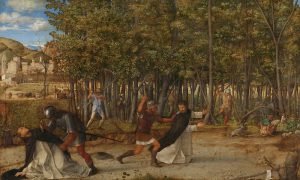
R.B. Kitaj, or in full name Ronald Brooks Kitaj is an American-born painter which considered to be an influential figure in contemporary painting. He is known for his controversial, eclectic as well as his highly personal works. Kitaj was deeply interested in contentious themes such as war, political ideologies, and issues of identity. Besides, Kitaj has a strong foundation of knowledge since he had completed several art degrees in different countries such as America, Italy, and England. At the beginning of his career as an artist, he started right at the movement of Pop art. Because of that, his works were greatly inspired by the impersonal style of Pop mixed with a few abstract brush works. R.B. Kitaj’s career collapsed with a scandal created by himself in 1994 at the Tate Gallery, London where he presented a major retrospective of his works. After the repetition of harsh criticism he received, his wife had suicided and followed by him unexpectedly at the age of 47. R.B. Kitaj was a great artist in his way although some of his pieces did not seem to be consumable. Art in the end is art, it is a platform for artists to express themselves despite if others like it or not.

The Killer-Critic assassinated by his Widower, Even, 1997 is an abstract piece that represents his anger toward the British critique because he believed those words had made his wife killed herself. The painting is only a part of a three-part series he called “Sandra”. Sandra is Kitaj’s second wife, who had committed suicide after his major presentation in London. I like how he had used art as a method to express his feelings, which represent the characteristics of contemporary art. Furthermore, an art student needs to understand the difference between old and new forms of art. I can feel the anger through his brush works and his way of using warm colors such as red to describe the evilness of the critics.

This piece is called The Jewish Rider, 1984 – 1985, and it is a powerful piece. The painting describes a Jewish taking a visit to the Death Camps in Poland, many years after the war. In addition, the main figure in the painting is his friend Michael Prodo, who posed for Kitaj for almost one year to complete. I like that Kitaj had chosen a quite interesting point of view to paint, which is in the middle between the corridor of the train and the cabin where the man sits. I also like the fact that he had used multiple symbols of death, loneliness, and power to convey the atmosphere of going into a place where once known as a one-way ticket to death. Overall, this is indeed a powerful piece with a thoughtful story about the dark past of the Jews.

The reason why this piece is called Cecil Court, London W.C.2. (The Refugees) because it is set in Cecil Court, which is a street known for its bookstores. Also, this piece reveals a lot about Kitaj himself as a Jewish because of the figures lying on the street, representing his experience with refugees. In addition, he and his family once had to flee Germany because of the Nazis. In my opinion, I like the composition where a man is lying on a sofa at the bottom. It is said to represent the Kitaj in his dream. It is a thoughtful painting with lots of color elements that helps tell a story of Kitaj’s life as a kid.

This is the painting where Kitaj was interested in the Holocaust and Jewish history. It is called “The Rise of Facism”, which belongs to a series of in-depth research about the human body and its vulnerability. I can clearly see that the figures in the painting represent women in the Death Camp. Also, I love how he had limited the amount of fabric and presented more skin to show how fragile they are. It is astonishing how he could create a sense of dirtiness within a compact space with different shades of blues and greens. Hence, this is one of my favorite pieces of R. B. Kitaj.

Some Do Not is an erotic kind of painting that shows Kitaj’s interest in nudity art. I like how he had managed to create a grainy texture, which gives a sense of vintage and filmy look. Also, I love the unusual composition where their sex position is combined to create a balanced feeling. The colors are simple yet still be able to convey the softness of the figures’ skin and the mattress. This is also my favorite piece because I am also interested in erotic and nudity art.
Sources:
- https://www.britannica.com/biography/R-B-Kitaj
- https://www.thelancet.com/journals/lancet/article/PIIS0140-6736(11)61494-3/fulltext
- http://rbkitaj.org/biography
- https://www.tate.org.uk/art/artworks/kitaj-cecil-court-london-w-c-2-the-refugees-t04115
- https://www.artsy.net/artwork/r-b-kitaj-cecil-court-london-w-dot-c-2-the-refugees
- https://www.jmberlin.de/kitaj/en/kitaj-rise-of-fascism.php

